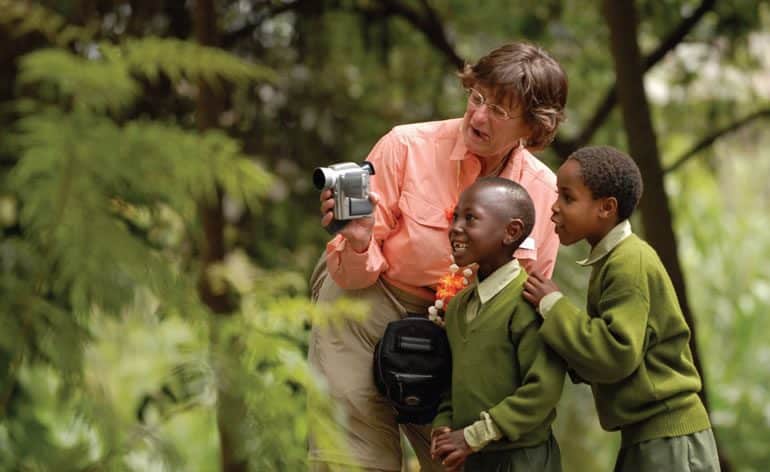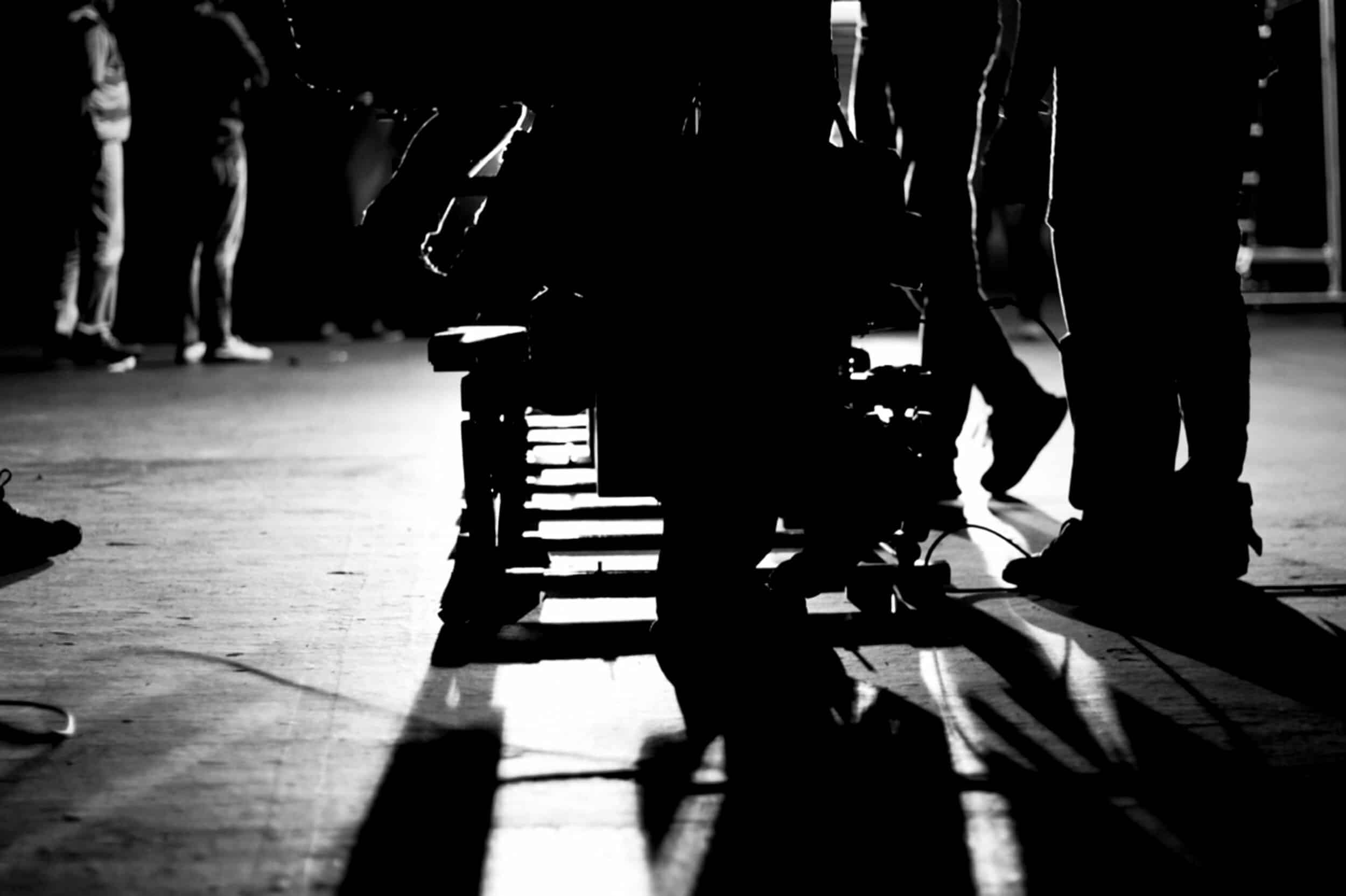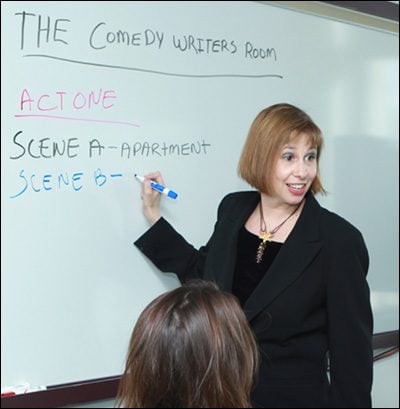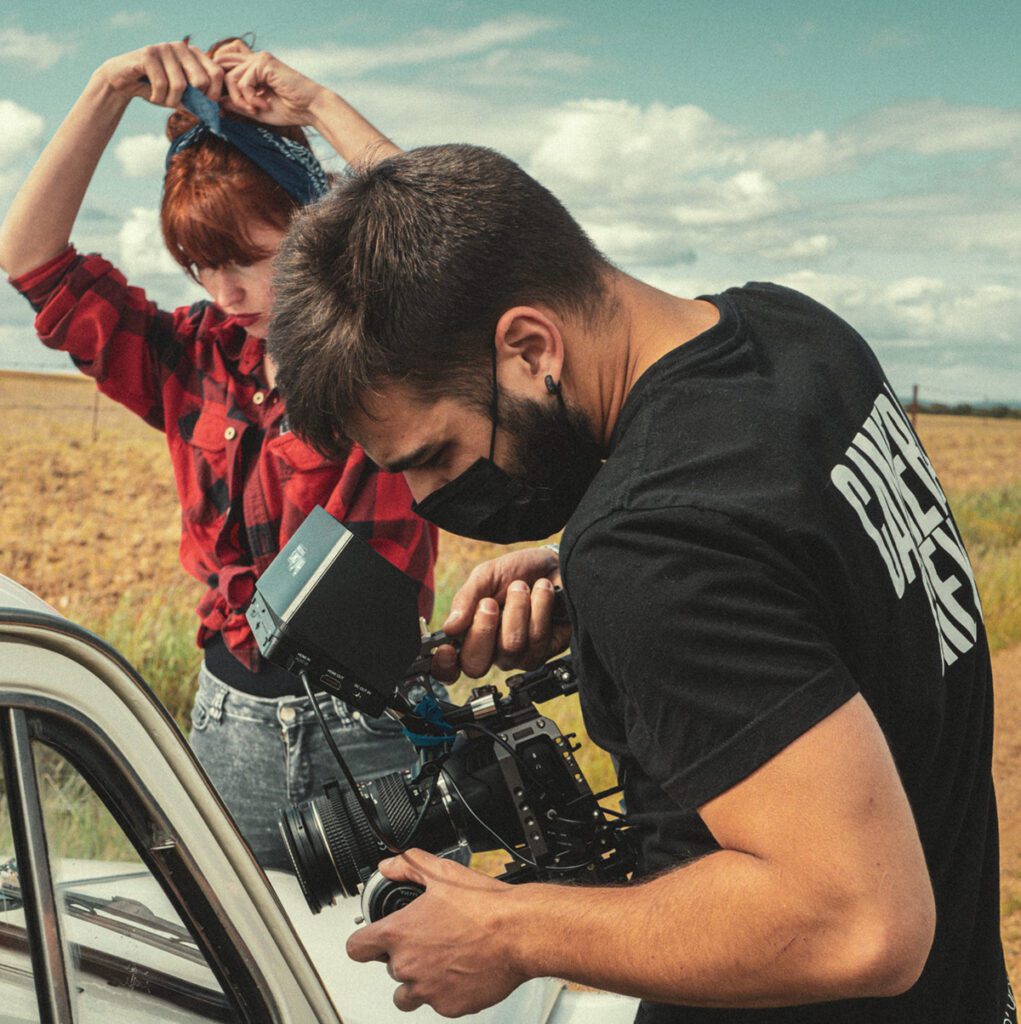Photo by Hennie Stander. @henniestander

Shooting Abroad in Tanzania: A Remote Journey by Carl Filoreto
Reference: StudentFilmmakers Magazine, July 2007. Shooting Abroad in Tanzania: A Remote Journey by Carl Filoreto. Pages 42 – 45. Even
Read More »





Posted by William Klayer
GROUP | Safety on the Set
Copied from Crescenzo
Info for those not in the film/tv industry:
Regarding the recent tragedy on the film set of “Rust”
Here is a rundown of how a gun should travel from the Property lockup to set, and back:
The standard admonition given to the actor when handing off a gun includes:
Join the Safety on the Set Group
William Klayer, a 30-year veteran, who worked on over 200 episodes for the award winning television series, Law & Order. Mr. Klayer filmed over 90 episodes as the Cinematographer (Director of Photography) and served as the director for 2 episodes. Law & Order has won 41 awards, including 4 Emmy Awards, and has garnered 151 nominations, including 6 Golden Globes.